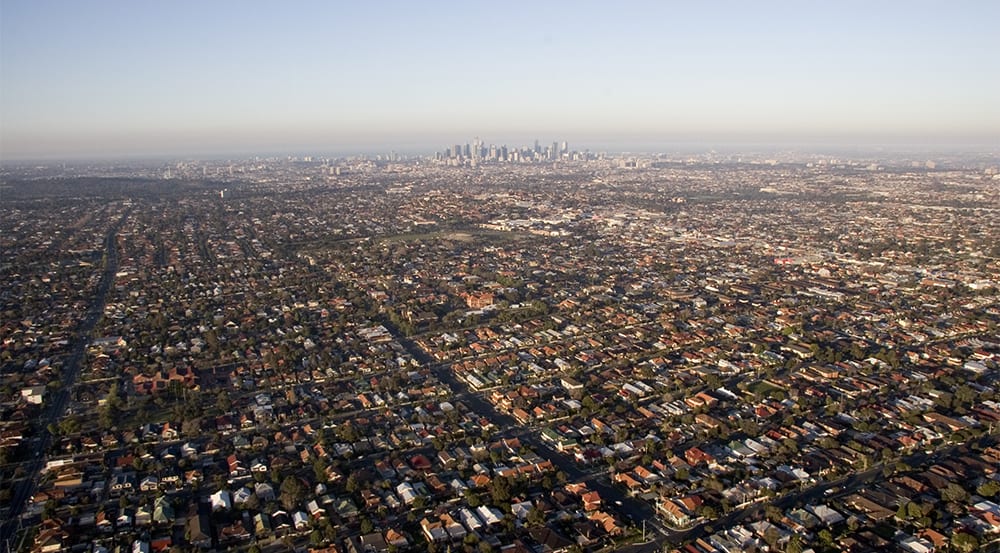With the Federal Budget delivered on 2 April, and the election to follow in May, both major parties are hard at work outlining their policy proposals for the electorate. As always, there are some similarities – both parties are touting tax cuts, for example – and some differences.
Against the background of a cooling housing market in most states, close attention is being paid to policies that affect property prices for fear that they might make matters worse. Most of those policies come from Labor, as the LNP is relying more heavily on financial regulators and the RBA to manage the housing market.
Labor argues that its policies will put owner-occupiers and investors on a level playing field, reduce inequality and support construction of new housing to, in turn, create more investment opportunities. Its critics, on the other hand, claim that changes to negative gearing policy and capital gains tax will discourage property investment, tighten the rental supply and exacerbate the downward pricing spiral.
We’ll take a look at the particulars of each policy in turn, arguing that ultimately, the broader environment may have more impact on housing prices than anything so far proposed.
Negative gearing
If elected, Labor proposes to abolish negative gearing on established properties. The changes will be grandfathered in, so that the current rules will continue to apply for investors who already own properties. New builds will also be eligible for negative gearing, which Labor hopes will boost the flagging construction industry.
Negative gearing is a popular investment strategy, with around 10% of all Australian taxpayers – around 1.3M people – owning a negatively geared property. The rule allows you to offset the costs of owning your rental property, which typically include loan repayments, rates and charges and property management fees, against the rental income you receive from that property. If the costs outweigh the revenue, you can offset that loss against your entire taxable income.
Modelling suggests that removing negative gearing may be the equivalent of raising mortgage payments by up to 23%, which may in turn discourage investors from buying additional properties.
Capital gains tax
The other plank to this policy is the reduction of the capital gains discount, from 50% to 25%. Like negative gearing, this policy will be grandfathered in and apply only to established properties bought after the policy is implemented.
When you sell an investment property, you are taxed on the profit; that is, the increase in price from when you bought it. Normally, people are taxed on their marginal rate for all income, so someone earning $180,000 would pay 45c of every dollar realised in profit. If your investment property has increased in value by $200,000 over the time you’ve owned it, you would pay $90,000 of that profit in tax.
Under the current capital gains tax rule, you get a 50% discount on that rate when selling an investment property, reducing your tax bill to $45,000. Under Labor’s new policy, the amount goes up to $66,750.
The effect
Taken together, these two policies represent a significant change to the investing environment.
But will it depress house prices? Common sense would seem to suggest yes, and many commentators have warned that a Labor government might further depress an already faltering market.
However, not all the experts are so sure. Some models have estimated that the changes might only bring down prices by 1-2%, a drop in the ocean compared to the projected overall falls of 10-25%. Causes of the falls include the increased regulation as a result of the Banking Royal Commission and the restrictions on foreign property ownership; both brought in by the current LNP government.
Changes to the tax regime may also merely encourage buyers to switch strategy. Since principal places of residence (PPR) aren’t taxed on sale, people who currently ‘rentvest’ (buy an investment property while renting themselves) might decide to buy their own house instead.
Ultimately, neither Labor nor Liberal policies in property investment alone will determine what happens next. The best thing for the Australian housing market is a vibrant economy and plenty of employment, so that people feel confident in making investments in their family’s future. To achieve that, whoever wins government must introduce cohesive reforms to the economy as a whole, and allow the country to thrive.
